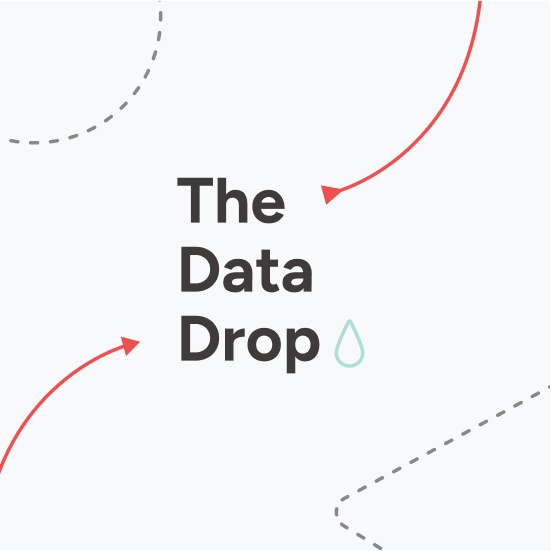Reverse thinking: The backwards way to working with data.
Reverse thinking is an important skill when you’re working with data. Instead of looking at the data to see trends, use reverse thinking before you even have the data. Start with the end in mind e.g. a claim – and work backwards, defining questions that will help you identify the data you need to collect and analyze to see if your hunch is correct.
This approach helps you become really good at formulating precise, very specific questions that lead to the data you’ll need and keep you focused on your goal.
By asking yourself what information the data needs to show, you’ll identify different data sources and, in turn, the steps you’ll need to take to collect and analyze it.
So, a hunch like “everyone’s playing pickleball” can be analyzed, say, by asking what percentage of adults actually play and answered with data from sports participation surveys. But, the data needs to show demographics (to see if it’s popular across all groups or just one) and trends over time (to check growth is steady and not just hype).
Here’s a reverse thinking template you can try out.
Do you find yourself saying “please” and “thank you” to your GPT?
Seemingly conscious AI is coming, says Mustafa Suleyman, AI entrepreneur. But even if AIs will never actually become self-aware machines with their own thoughts and emotions, we’re already treating them like people. We perceive them to be conscious, so…are they?
VentureBeat’s article on why machines only need to seem conscious to change us shows how we’re already adjusting our behavior. It’s a great read.
Thinking Backwards Makes LLMs Stronger Reasoners, Too
Humans do it easily, but LLMs have to learn how. Scientists have trained LLMs to generate backwards questions, to verify whether their answers make sense. Read more here.
